The Problem with Single-use Plastic
Want to learn more? We’ll point you to credible research and content. When possible, we’ll go straight to the source.
About plastic pollution:
Story of Plastic, a documentary that brings to life the full story of plastic production, how fast we’re creating more plastic, and where it goes when discarded. (Spoiler alert: Only 8-9% is recycled.) You’ll hear experts from a wide range of disciplines and organizations.
Beyond Plastics From their mission statement: “Beyond Plastics is a nationwide project…that pairs the wisdom and experience of environmental policy experts with the energy and creativity of college students to build a vibrant and effective anti-plastics movement.” Check out their events page. Want to go deeper? Take Judith Enck’s Beyond Plastic Pollution online class. She brings deep policy expertise, a warm sense of humor, and compelling guest experts.
From NOAA: “Plastic debris can come in all shapes and sizes, but those that are less than five millimeters in length (or about the size of a sesame seed) are called ‘microplastics.’” They’re in our oceans, rivers, the Great Lakes, in fish and other marine life, in birds, and in us. The smallest plastic particles are airborne in significant quantities.
Health effects of BPA and phthalates, chemicals used in some plastic products.
About reuse initiatives and cities (and countries) taking action to limit plastic pollution from foodware:
Report on the reuse economy, from Upstream Solutions
Cities with reuse policies in place, also from Upstream
Canada, Germany, and the European Union are banning many single-use plastic items this year, including straws and some foodware items.
Reuse organizations making a difference today in Portland, San Francisco, Durham, NC, Toronto, Takoma Park, MD, and more.
Break-Free from Plastic Act of 2021, a comprehensive bill to address plastic pollution here in the US

